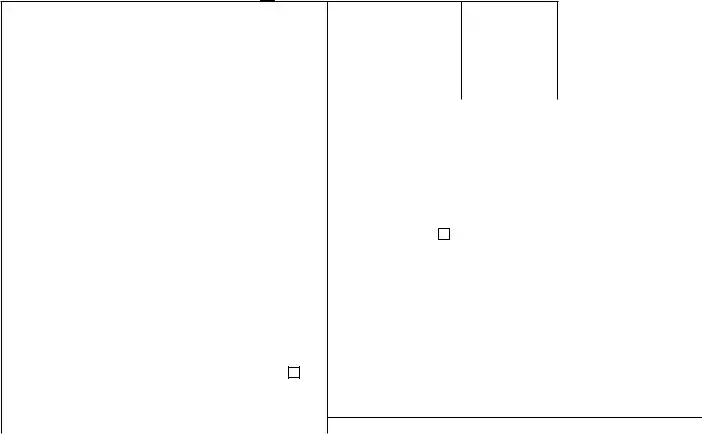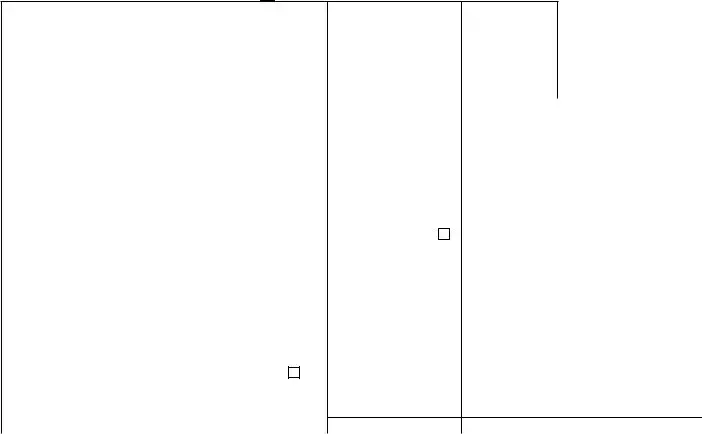The IRS 1099-INT form shares similarities with the 1099-MISC form in that it is used to report certain types of income. While the 1099-MISC form covers miscellaneous income such as rents, prizes, and awards, the 1099-INT form specifically reports interest income. This includes interest earned from bank accounts, savings accounts, and interest-bearing investments. Both forms are crucial for accurately reporting income to the IRS and ensuring compliance with tax laws.
Another related document is the IRS 1099-DIV form. This form is used to report dividends and distributions received during the tax year. Similar to the 1099-MISC form, which reports miscellaneous income, the 1099-DIV captures income from investments, specifically from stocks and mutual funds. This distinction is essential for taxpayers who receive income from various sources, as it affects how their income is taxed and reported.
The IRS 1099-G form is utilized for reporting payments from government sources, which is akin to the income reporting function of the 1099-MISC form. However, the 1099-G form focuses on specific types of payments such as unemployment compensation, state and local income tax refunds, and credits or refunds. The purpose of both forms is to ensure that individuals report all sources of income, albeit different types, to the IRS accurately.
The 1099-R form, issued by the IRS, reports distributions from pensions, annuities, retirement plans, profit-sharing programs, or IRAs. While it's different from the 1099-MISC form, which focuses on miscellaneous income, both forms serve the essential function of reporting income outside of wages and salaries. This helps in maintaining transparency and accuracy in tax reporting for retirement benefit recipients and individuals with miscellaneous income sources.
The IRS W-2 form is closely tied to the 1099-MISC form in terms of reporting income, but with a distinct difference in the income source. The W-2 form is for reporting wages, tips, and other compensation paid to employees, whereas the 1099-MISC form reports income for independent contractors, freelancers, and others who do not fall under the traditional employee category. These documents are pivotal in distinguishing between employee and non-employee compensation for tax purposes.
The Schedule C form is a tax document used by sole proprietors to report profits or losses from their business activities. While it is not a form sent to contractors or freelancers like the 1099-MISC, it closely relates because individuals who receive a 1099-MISC need to report this income on their Schedule C. Both documents are essential for small business owners and independent contractors to accurately report their business income and expenses.
The IRS 1099-K form reports payment card and third-party network transactions. It's similar to the 1099-MISC in that it deals with reporting income, but the 1099-K specifically focuses on payments received through card transactions or payment settlement entities. This is increasingly relevant in the digital age, where such transactions are common. Both forms help individuals and businesses report their income comprehensively.
The IRS 1099-S form is used for reporting proceeds from real estate transactions. While it serves a different purpose from the 1099-MISC form, both are involved in reporting specific types of income. The 1099-S form is crucial for individuals and businesses that sell real estate, as it ensures that gains from such sales are reported accurately to the IRS.
The W-9 form, while not a form on which income is reported, is related to the 1099-MISC form as it is typically required before a 1099-MISC can be issued. The W-9 form is used to collect taxpayer identification numbers (TINs) from U.S. persons (including residents and citizens) and to certify that the information given is correct. This helps ensure that 1099-MISC forms are issued correctly and to the right recipients, facilitating accurate income reporting.
Lastly, the Schedule SE form is indirectly connected to the 1099-MISC form as it is used by self-employed individuals to calculate the tax due on net earnings from self-employment, including income reported on 1099-MISC forms. While Schedule SE focuses on calculating self-employment tax, the 1099-MISC form reports income that may contribute to those net earnings. Together, they play critical roles in determining the tax obligations of self-employed individuals.






 CORRECTED (if checked)
CORRECTED (if checked)

 CORRECTED (if checked)
CORRECTED (if checked)